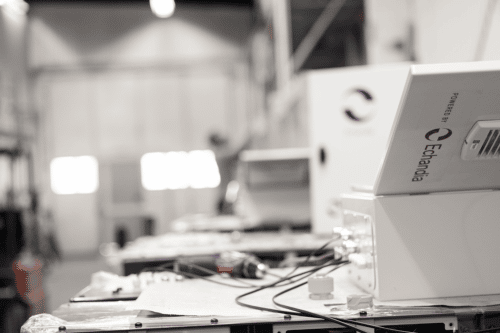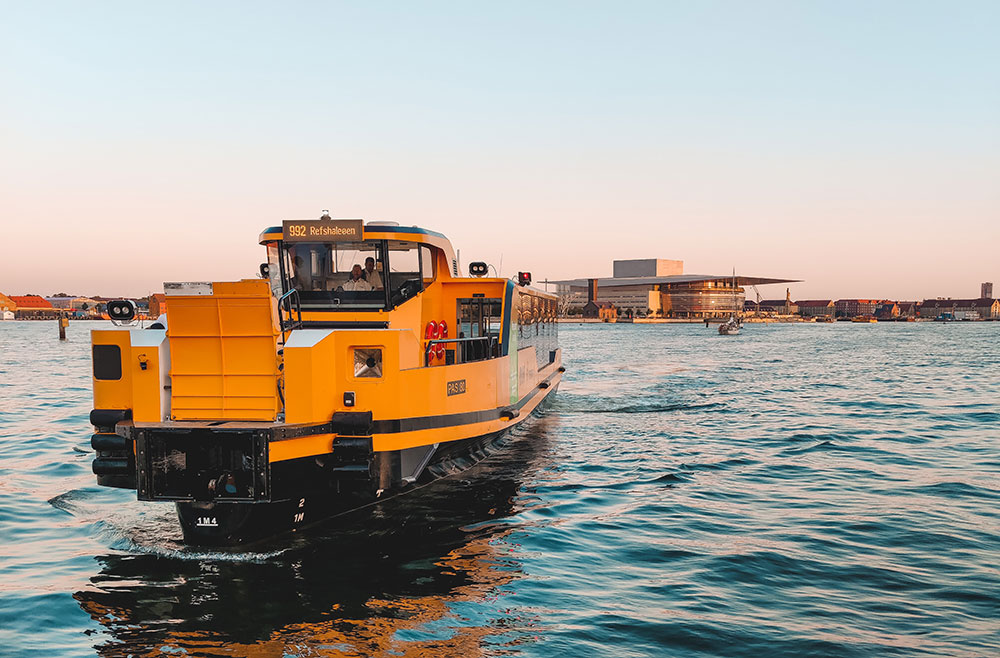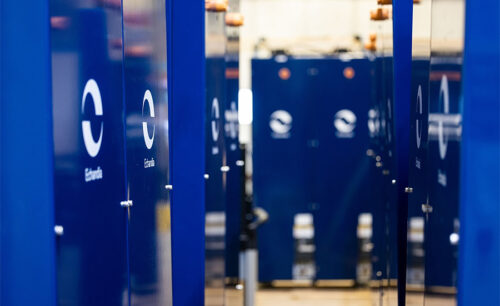

Electrifying city transports – safety first when going from fossil fuels to batteries
- Insights
- 27 August 2021
Going green in the cities by replacing fossil fuels with batteries is not an ambition without risks. Battery thermal runaway pose a great risk of fires and explosions with potentially severe consequences especially in densely populated areas. But the risks can be greatly reduced, or even eliminated, with the right battery type and solution.
In cities all around the world there is a strong trend to reduce emissions by replacing fossil fuels with batteries for all types of local transportation. But electrifying city transport vehicles and commuter buses, trams and ferries also bring a potential risk of – in worst case severe – accidents, due to battery thermal runaway causing fires and explosions.
The sinister dendrite build-up
Most batteries used in current solutions for transport vehicles and vessels use lithium-ion battery cells. The two most common varieties to date are LFP (Lithium Iron-Phosphate) and NMC (Nickel-Manganese-Cobalt) batteries. And while both are great for energy storage, they share a common safety issue:
In NMC and NCA batteries there is, over time, a gradual build-up of dendrites; tree-like structures that grow inside the battery. Dendrite build-up eventually leads the battery to short-circuit, which in turn leads to overheating and ultimately fire – referred to as a “thermal runaway”. In addition, gas emissions are created that can lead to explosions.
It is almost impossible to neither measure nor monitor build-up of dendrites in the batteries, thus making it very hard to foresee and prevent any accidents before they occur; the battery seems to function perfectly up until the moment it suddenly short-circuits!
Using batteries that are prone to dendrite build-up and thermal runaway propagation introduces a constant risk of fire and explosions and is not an acceptable solution for public transportation in densely populated cities, not to mention onboard a maritime vessel like a city commuter ferry. Instead, safe, more reliable and, not least, robust batteries are needed in applications for city public transports and alike.
Lower energy density = higher safety
LTO batteries are the safest of all Li-ion batteries, for two main reasons: The stability of their anode material and their lower energy density.
In common NMC and LFP batteries the anode is almost always made of graphite (plus various secret additives, manufacturing/processing variations, etc. making general assertions always difficult). But in a LTO battery the anode is made of Li-Titanate (Lithium Titanium Oxide, LTO), often paired with a LFP cathode. This makes it much more stable and robust; LTO battery cells can withstand mechanical and electrical abuse to a much larger extent than any other lithium chemistry which means there is very little risk of thermal runaway propagation.
A low energy density means higher safety. The reverse is true for high density batteries; In the event of a thermal runaway, more energy is released from high energy density cells and the high amount of energy increases the probability of a nearby cell reaching their thermal runaway temperature threshold.
In spite of the fact that LTO cells have a lower energy density on cell level, the difference on a system level is considerably less. Typically, NMC systems on system level vary between 10-12 kg/kWh whereas LTO varies between 13.5-14.5 kg/kWh
LTO – a choice for the future
LTO battery cells are the safest on the market to date. They are extremely robust, both safety and longevity-wise. Also, there is no danger of explosions or gas emissions, neither in city transportation nor in maritime applications. With Echandia’s LTO-battery systems, the relatively low energy level is compensated for by an advanced engineering solution which allows for a smaller installation of kWh, but one that still holds the same amount of usable energy. For heavy-duty applications and usage, this put Echandias LTO-systems on par in weight with NMC, or less.
All these benefits together make LTO battery systems the natural choice for transportation purposes in cities going green all over the world.
Echandia is leading the development of zero-emission energy solutions for industrial applications.
By pioneering advanced heavy-duty LTO battery systems and proprietary, lightweight battery racks and system architecture, Echandia creates solutions for complex and demanding applications.
Echandia is Toshiba’s preferred maritime module integrator and one of the few global suppliers with the experience, solutions, and certification to embark on large projects.



